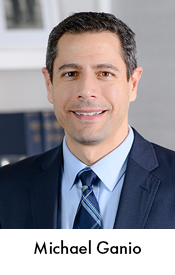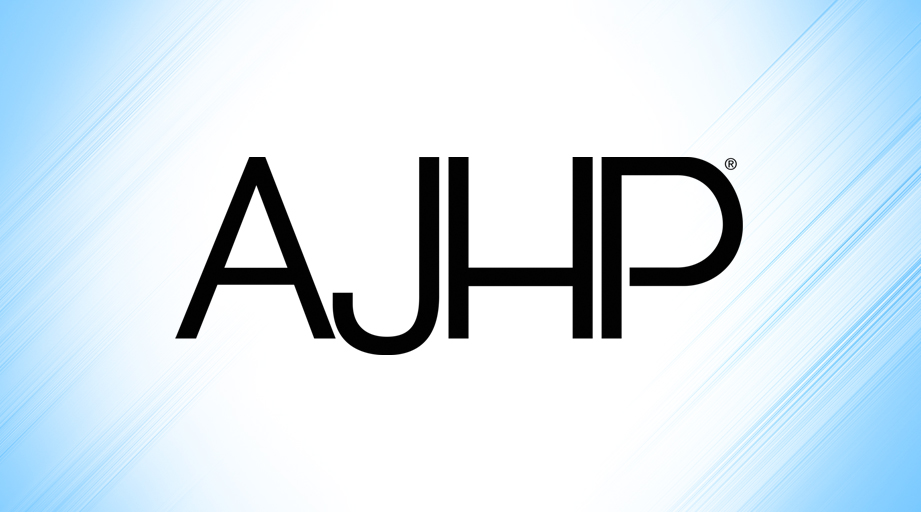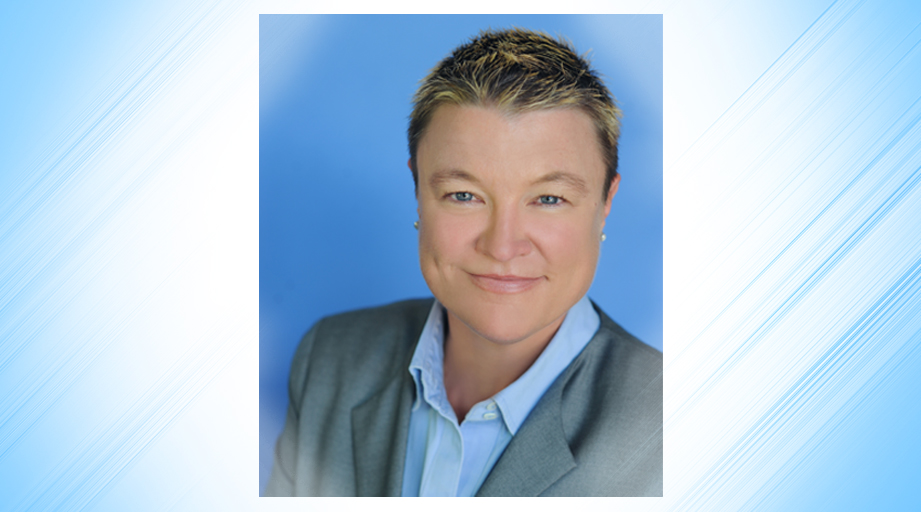
Pharmacists have successfully managed drug product shortages for many years, but the problem facing the profession today is unlike anything seen before.
“The volume of shortages is extreme,” said Parwana Shah, associate director of inpatient pharmacy services for Penn-Presbyterian Medical Center in Philadelphia, Pennsylvania. “It used to be one or two here and there, and we’d manage it. But now, every day there’s a different one.”
Shah said recent drug product shortages are worsened by concurrent shortages of critical supplies, such as IV bags and needles, that are needed to administer medications.
“We can’t even get the tubing so the nurses can hang the drugs,” Shah said, adding that the nurses must sometimes “push” medication doses through a syringe instead of using an infusion pump.
“Every step of the way you’re hit with roadblocks,” she said.
According to the Food and Drug Administration (FDA), typical causes of shortages include manufacturing quality problems, production delays, and product discontinuations.
 Michael Ganio, senior director of pharmacy practice and quality for ASHP, said those factors still affect the drug supply. But he said the recent worsening of shortages “seems to be related to the pandemic, and workforce issues, and just general supply-chain challenges.”
Michael Ganio, senior director of pharmacy practice and quality for ASHP, said those factors still affect the drug supply. But he said the recent worsening of shortages “seems to be related to the pandemic, and workforce issues, and just general supply-chain challenges.”
“The types of drugs in shortage are some of the very basic products that we use to deliver other medications,” Ganio noted. “This makes the acuity of these shortages that much more painful and dangerous to patient care.”
ASHP’s drug shortages resource center logged more than a dozen updates to drug shortage bulletins in the first week of March alone. The list of current drug shortages includes staples such as sodium chloride solution, sodium bicarbonate and dextrose injection, bacteriostatic water, Ringer’s solution, and potassium chloride, acetate, and phosphate injection products.
Edward McLean, pharmacy operations manager for Sarasota Memorial Hospital in Florida, said many of those products have been on the hospital’s recent shortage list, with 20- and 100-mEq/50 mL IV bags of potassium chloride injection ranking among his top concerns. McLean said the community hospital goes through about 80–100 IV bags of potassium chloride injection each day.
“We’re trying to obtain anything we can from any supplier, just to ensure there is consistency of supply for our patients,” he said.
Shah said that in addition to basic fluids, the most pressing recent shortages for her organization are premixed sterile IV products for critically ill patients. The pharmacy is also managing random shortages of common products used throughout the hospital.
“For example,” Shah said, “in the last few months, glucose gel, of all things — it’s not available whatsoever.”
“We can’t get that, either,” echoed Dave Jungst, pharmacy director for Sarasota Memorial Hospital. Jungst said one of the strangest recent local shortages involved small cups of fruit juice for patients, a problem that underscores the fragility of supply chains in general.
“If we can’t get orange juice in Florida, we’re in trouble,” he quipped.
Hospitals may also be affected by an ongoing shortage of pharmacy technicians to work in compounding rooms, stock automated dispensing cabinets, and perform other tasks that maximize the availability of critical products.
“We know from surveys that we’ve done of pharmacy leaders that there are challenges with technician staffing levels right now,” ASHP’s Ganio said.
Not all pharmacy departments are adversely affected by technician shortages. McLean said his hospital’s pharmacy board-accredited technician training program is a reliable source of qualified pharmacy technicians who keep operations running smoothly.
“It’s really helped us to augment our staff,” he said of the program.
Ganio said ASHP has collaborated with the University of Utah drug information service for more than two decades to track drug product shortages, their causes, and their expected duration. ASHP also acts behind the scenes to address shortages through advocacy and collaboration with FDA staff, stakeholders, and policymakers involved in all parts of the drug supply chain.
Many of ASHP’s critical policy recommendations are outlined in last year’s recommendations for improving supply-chain resilience.
Among other things, ASHP has called for improvements in how the Strategic National Stockpile creates and manages supplies of critical medications and makes them available in response to emergencies. ASHP has advocated for FDA to rate manufacturers’ quality management process so purchasers can better predict supply chain and manufacturing vulnerabilities. And ASHP supports regulatory changes that would require manufacturers to disclose the sources of active pharmaceutical ingredients and manufacturing sites, including locations of contract manufacturers.
“These actions will potentially help purchasers to acquire products from manufacturing facilities that have a better history with quality assurance and the maturity of their quality program,” Ganio said.
He said ASHP also takes direct action on specific product shortages. For example, ASHP has asked FDA to extend the expiration dates of certain lots of dextrose injection to ensure the products’ availability.
In response to members’ concerns about the quality of outsourced medications, ASHP is creating an assessment tool that pharmacists can use before doing business with a 503B compounding outsourcing facility. He said 503B facilities can be a useful resource for obtaining drugs that are in short supply, as long as the facilities can obtain the raw materials and supplies needed to prepare the medications.
McLean said his hospital’s in-house pharmacy team prepares as many compounded sterile products as possible and also uses the services of a 503B facility affiliated with the hospital’s group purchasing organization. To help counter the dextrose injection shortage, the hospital is working with other 503B facilities to secure additional supplies of the critical products.
“We know this is not a shortage that’s going to be mitigated in the short-term future. We’re trying to establish those relationships and those histories with the 503Bs to minimize any disruptions to our patient care activities,” McLean said.
Jungst said the pharmacy has made operational changes to counter the effects of drug shortages.
“We’ve had to take dextrose syringes out of our code blue carts. And so pharmacists who go to those events are now carrying syringes with them, in case they’re needed,” he said. “And we’re trying to centralize the inventory more to prevent things from going out of date.”
Jungst said other shortage-management strategies include using a variety of product strengths and packaging configurations, depending on what’s available.
“It’s causing us a lot of work, because the protocols and the workflows and the order sets all have to be modified to accommodate the changes,” Jungst noted.
Ganio said pharmacists do a lot of collaborative and unheralded work to mitigate shortages and ensure that patients get appropriate therapy. Because of these efforts, he said, patients may be unaware that a drug shortage altered their original therapy plan.
The downside of these efforts, he said, is that “with shortages being invisible, there’s less public outcry about the ongoing issue of shortages.”
Jungst said although the public may be largely unaware of the drug shortage problem, his nurse and physician colleagues are keenly attuned to the issue.
“The medical staff helps us work through these problems and is very much onboard with helping us come up with solutions that work for them and the patient,” Jungst said. “There’s a huge amount of awareness that drug shortages have been going on, and on, and on, and on.”








